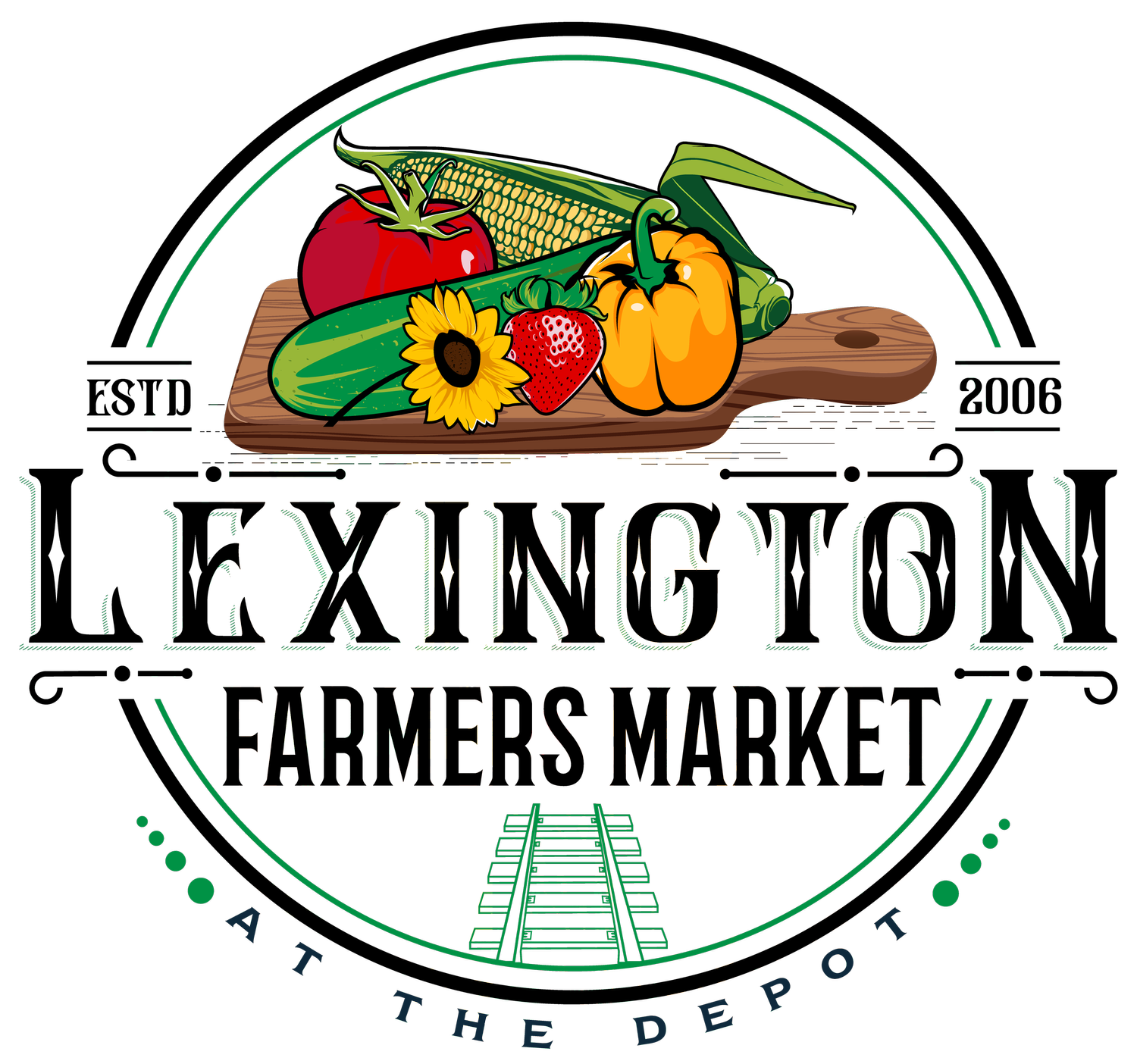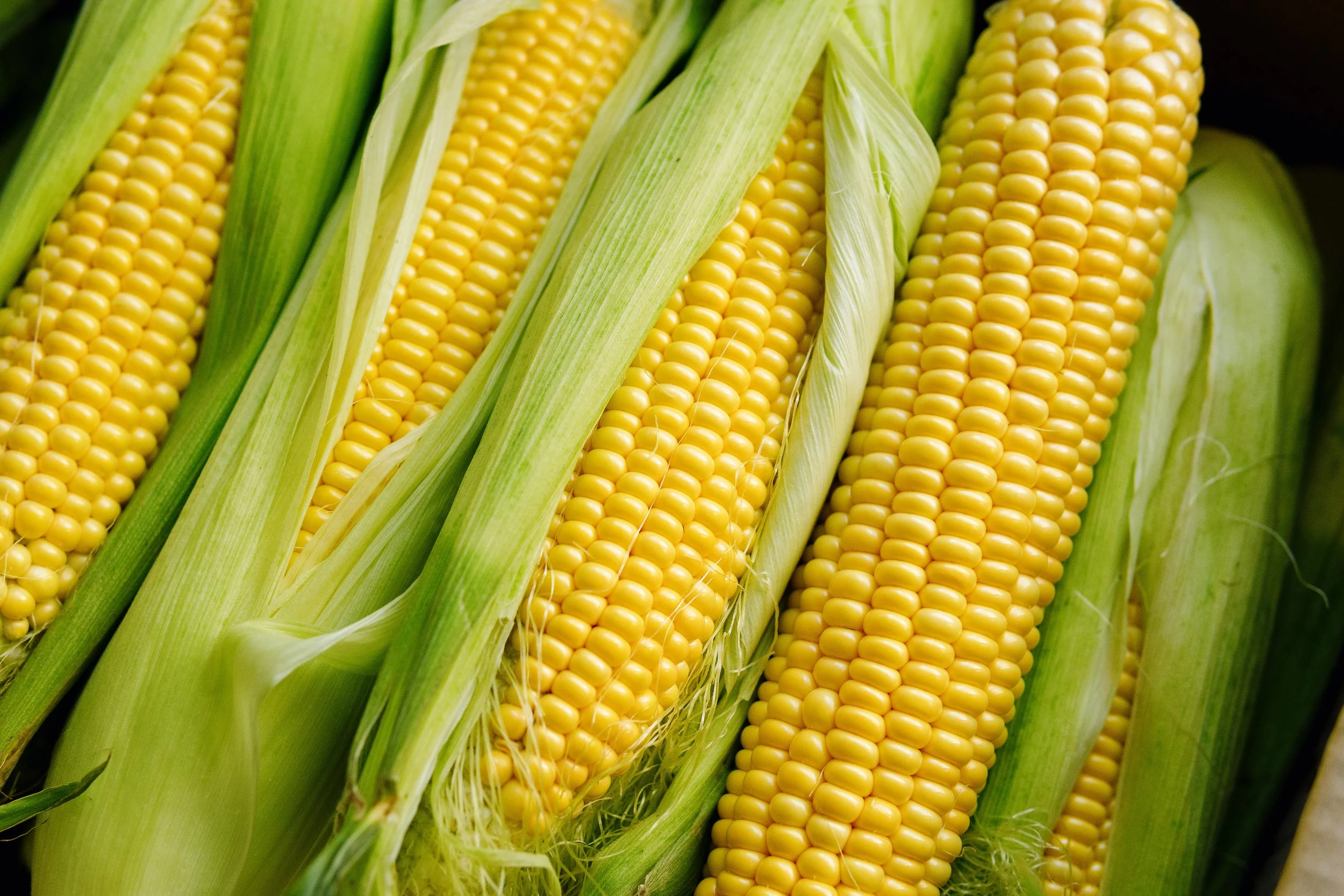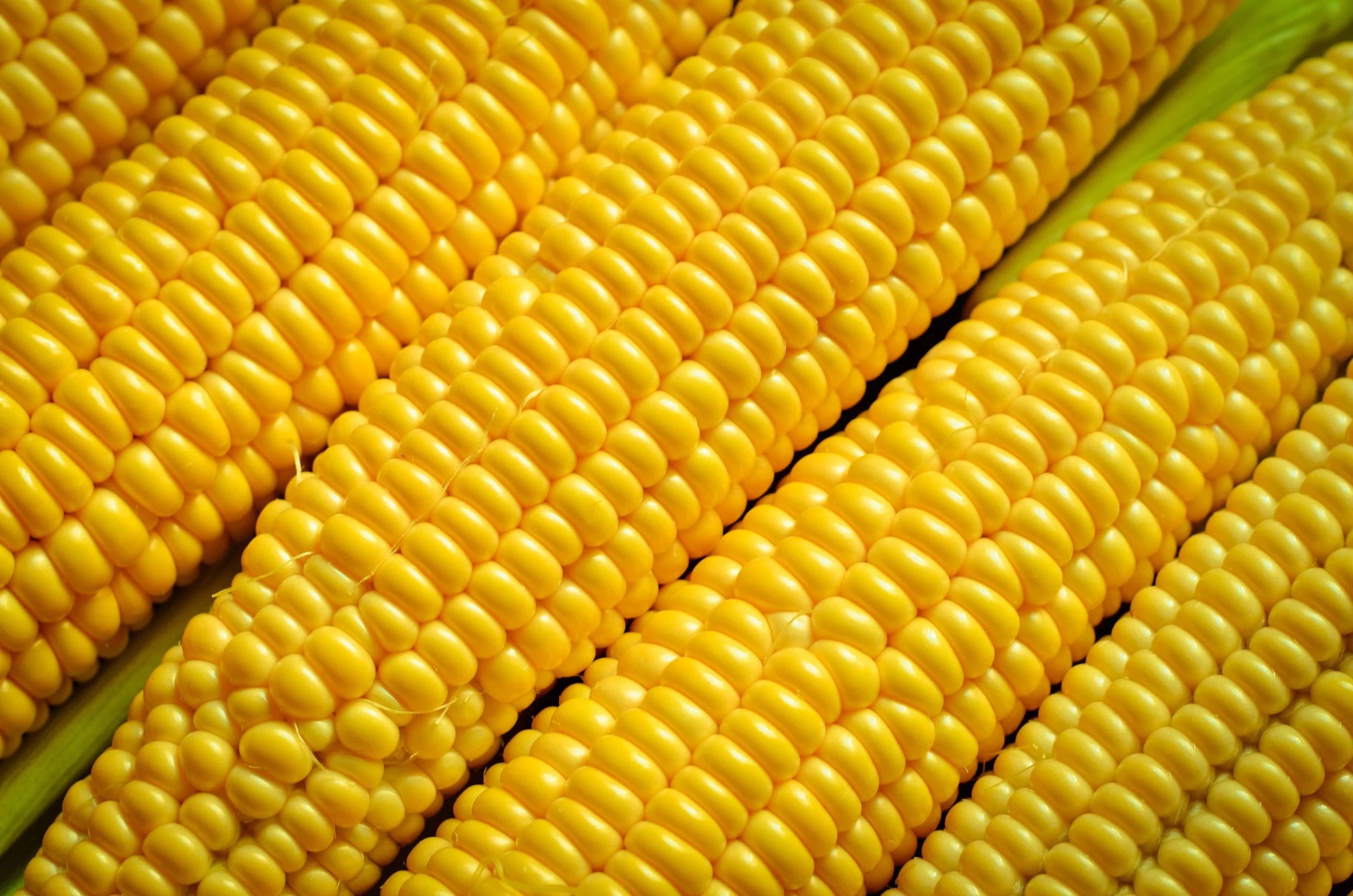Corn: More Than Just a Side Dish – A Global Staple with Deep Roots and Big Benefits
When you think of corn, you might picture buttery ears at summer cookouts or tubs of popcorn at the movies. But corn — also known as maize — is so much more than just a seasonal snack. It’s a powerhouse grain, a cultural cornerstone, and one of the world’s most versatile crops.
Let’s dig into why corn deserves a prime spot on your plate — and in your pantry.
A Global Grain with Ancient Roots
Corn (Zea mays) is native to Central America and was first domesticated thousands of years ago. Sacred to Indigenous cultures of the Americas, it’s long been a symbol of sustenance and spiritual significance. It played a central role in Native American diets and continues to be celebrated today in traditional ceremonies and dishes across the continent.
Since European explorers first brought it back in the 15th century, corn has become a staple worldwide, although nowhere is it more integral than in the Americas.
Nutrition You Can Count On
Corn is technically a grain, but depending on how it’s prepared, it can be eaten as a starchy vegetable or a whole grain. However you enjoy it, corn is rich in nutrition:
Fiber: Supports digestion, helps manage blood sugar, and feeds healthy gut bacteria.
Protein: About 3–4g per serving, with most of it in the form of "zeins" — not the highest-quality protein, but still valuable in a balanced diet.
Antioxidants: Lutein and zeaxanthin support vision and eye health.
Vitamins & Minerals: B vitamins, vitamin C, magnesium, potassium, and vitamin A.
Corn is naturally gluten-free, low in fat, and, when eaten whole (as in fresh corn or popcorn), it provides a wealth of nutrients. A medium ear of corn has around 77–100 calories and only about one gram of fat — most of which is the heart-healthy polyunsaturated kind.
Corn in All Its Forms
Corn’s versatility is unmatched. Here’s a quick tour of how it shows up on our tables:
Sweet Corn: Fresh, frozen, or canned — this juicy, lower-starch variety is what we often eat as a vegetable.
Popcorn: A whole-grain snack that’s healthy when air-popped and minimally dressed. Three cups of plain popcorn only have about 95 calories and over 3 grams of fiber.
Cornmeal & Grits: Made from dried ground corn, they’re hearty bases for everything from polenta to cornbread.
Tortillas & Masa: In Latin American cuisine, dried corn is treated with lime to make masa, which forms the base of tortillas and tamales.
Corn Oil & Corn Flour: Used in cooking and baking, corn oil is also a natural source of CoQ10, a compound linked to heart health.
Proceed with Caution: Processed Corn Products
Not all corn-based products are created equal. While whole corn offers plenty of benefits, refined and ultra-processed corn ingredients—like corn syrup, corn chips, or packaged cereals—can lose their nutritional value and come packed with added sugar, sodium, or unhealthy fats.
High-fructose corn syrup (HFCS), in particular, has been linked to overeating and metabolic issues due to its high sweetness and low satiation. It’s best to enjoy corn in its less processed forms and check labels when buying packaged goods.
Quick Tip: Make Your Own Healthy Microwave Popcorn
Skip the chemicals and additives in pre-packaged microwave popcorn with this simple method:
Place ¼ cup of plain kernels in a paper bag.
Fold the top down twice to seal.
Microwave until popping slows to 2 seconds apart.
Lightly drizzle with olive oil and sprinkle with herbs or parmesan for flavor.
More Than Just Food
Beyond what’s on our plates, corn is essential in other industries too. Field corn — which makes up most U.S. production — is used for animal feed, biofuel (ethanol), and non-food goods like adhesives and textiles. Even cornhusks and corn silk find use in tamale making, traditional medicines, and sustainable crafts.
Corn's Place in the Modern Diet
Corn bridges the gap between history, culture, nutrition, and innovation. Whether it’s sweet corn at a family barbecue, masa in your favorite taco, or homemade popcorn for movie night, this grain brings more to the table than many realize.
The Bottom Line? Corn, when eaten in its whole or minimally processed form, is a healthy, high-fiber, low-fat food that can support digestive health, eye health, and overall wellness. It's a delicious way to honor both tradition and nutrition.
Want to see corn in action? Don’t miss Corn Corn Corn Day at the market this Saturday! Chef John Wilson from Sophie’s Cork and Ale will be doing a live demo, showcasing fresh corn salad and salsa made with ingredients straight from the market. Come for the flavor — stay for the fun!
Let corn surprise you. Beyond the cob, there’s a world of flavor and nourishment to explore!


